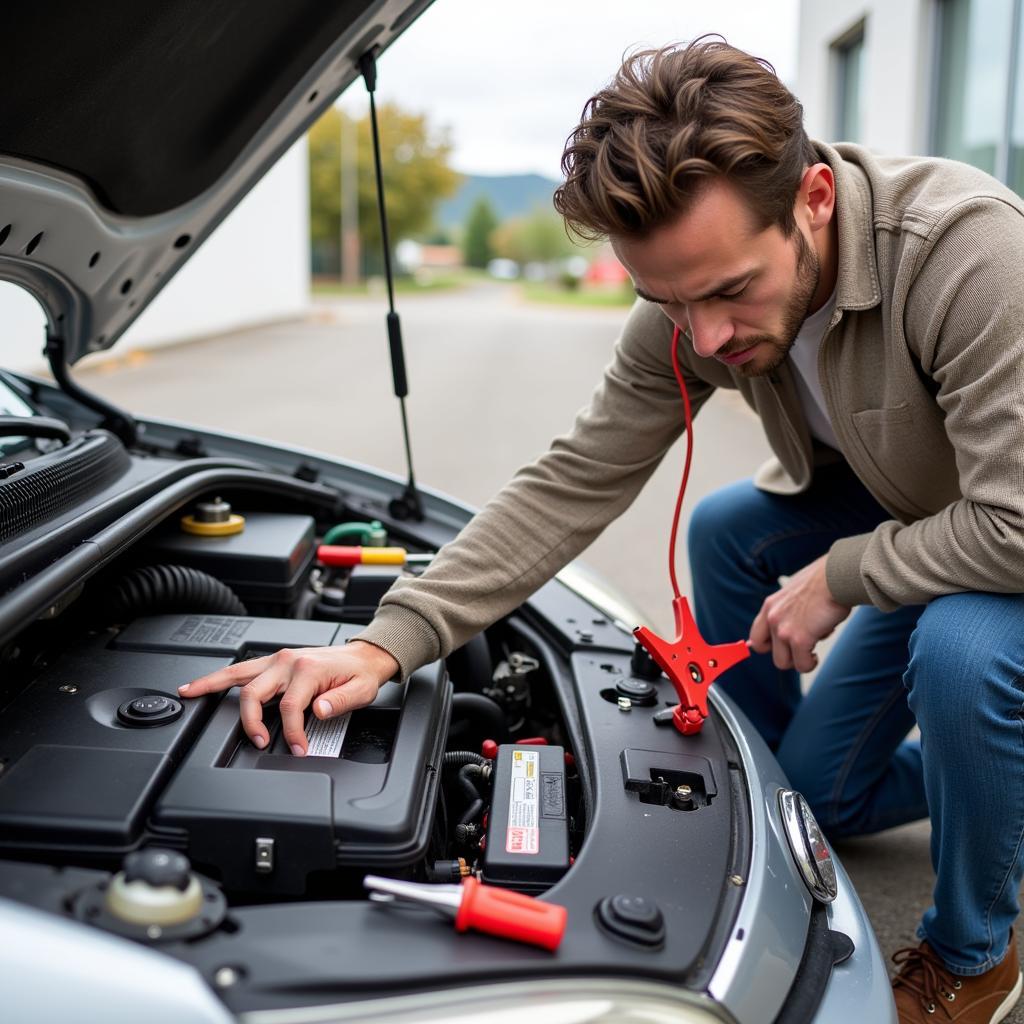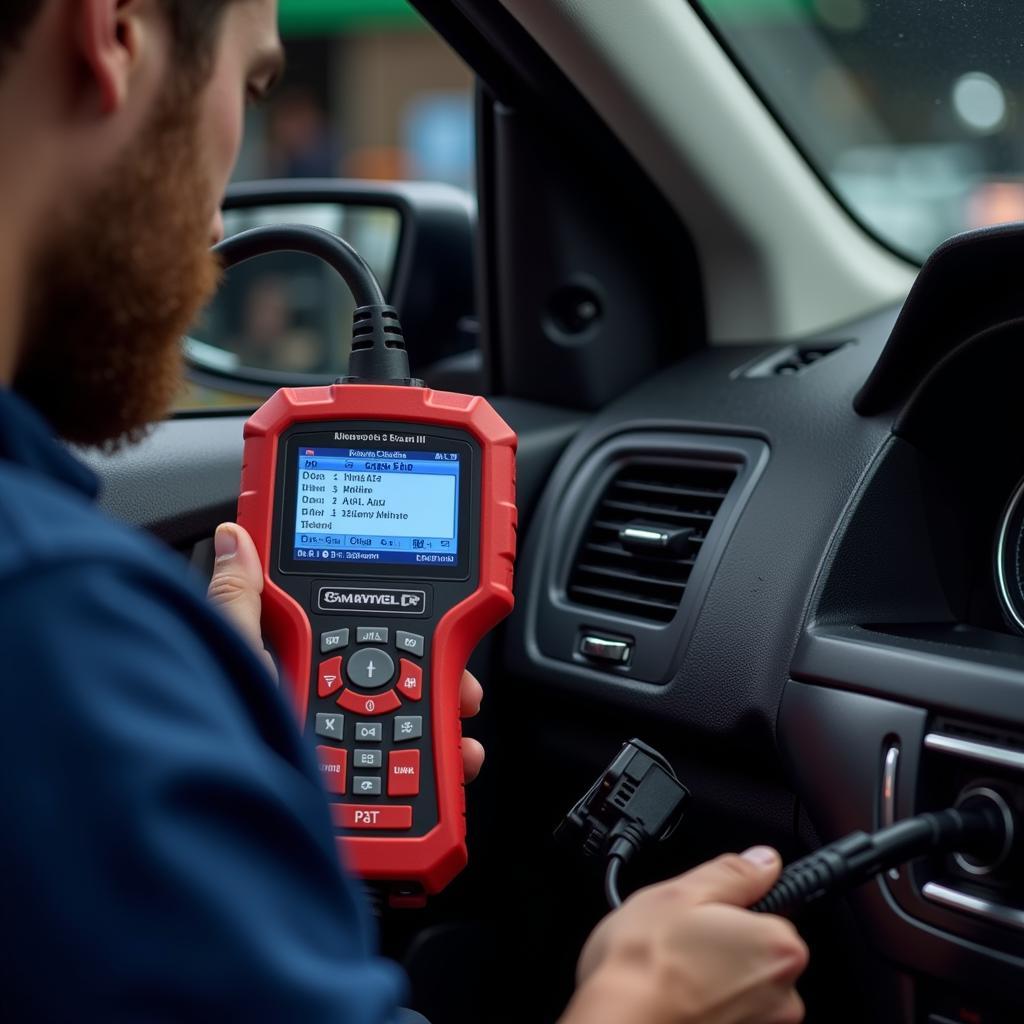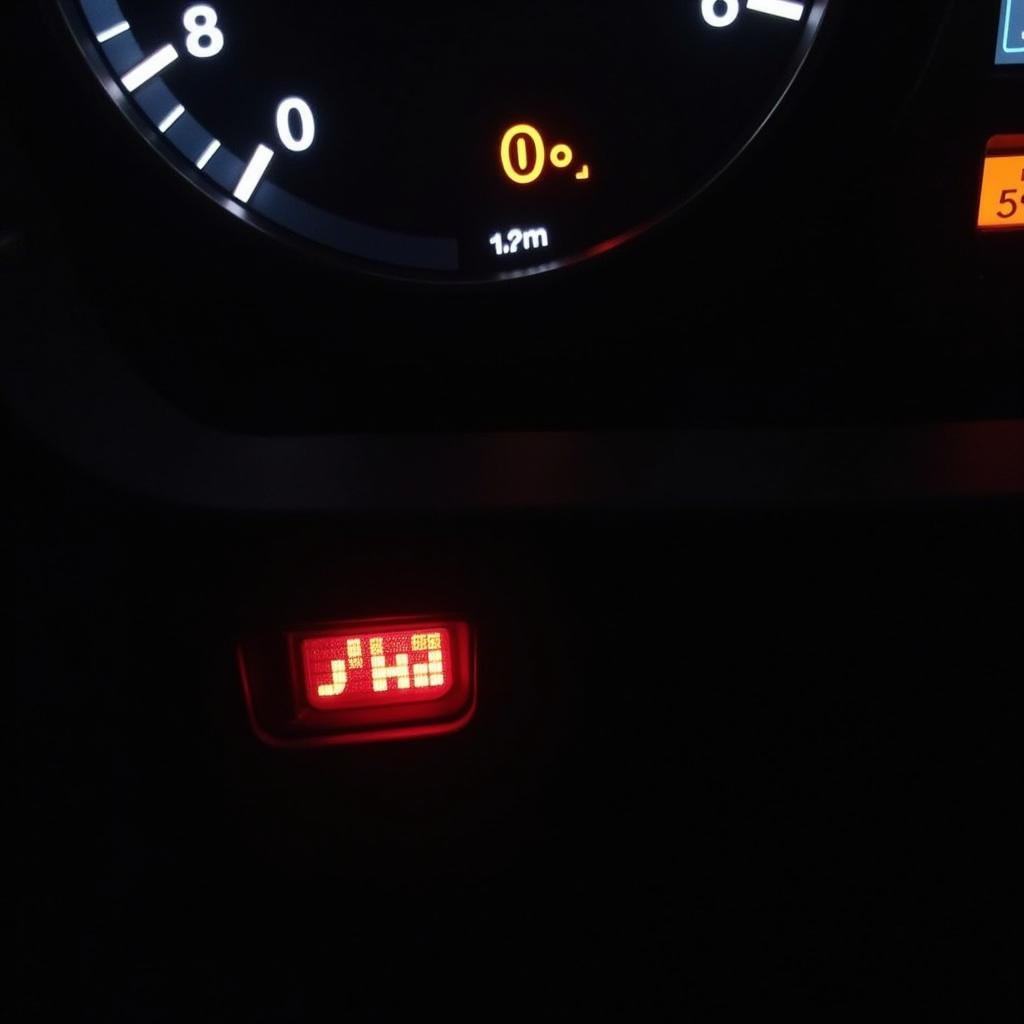A new battery and alternator, and your car still won’t start? This frustrating scenario is more common than you think. While these components are crucial for starting and running your vehicle, other issues can prevent your engine from turning over. This guide dives deep into the problem, offering expert advice, diagnostic tips, and remote software solutions to get you back on the road.
 Car Won't Start Even with New Battery and Alternator
Car Won't Start Even with New Battery and Alternator
Many drivers assume a new battery and alternator guarantee a working vehicle. However, other culprits could be lurking. A faulty starter, corroded cables, or even a software glitch can prevent your car from starting, even with brand-new components. If you’ve recently installed a new battery but the car is not starting, you’re not alone. This article provides detailed troubleshooting steps and remote solutions for this common problem. Check out this helpful resource if your car won’t start and has no power at all.
Beyond the Battery and Alternator: Identifying the Culprit
When a car with a new battery and alternator won’t start, the issue likely resides elsewhere in the starting system. Let’s examine some of the most common culprits:
-
The Starter: This component is responsible for cranking the engine. A faulty starter can prevent the engine from turning over, even with ample power.
-
Wiring and Connections: Corroded or loose battery terminals, starter cables, and ground connections can disrupt the flow of electricity, preventing the starter from engaging.
-
Ignition Switch: This switch activates the electrical systems necessary for starting. A malfunctioning ignition switch can prevent power from reaching the starter.
-
Fuses and Relays: These small components protect the electrical circuits in your car. A blown fuse or faulty relay in the starting circuit can prevent the car from starting.
-
Security System: In some cases, a malfunctioning anti-theft system can prevent the engine from starting, interpreting a legitimate start attempt as unauthorized.
-
Fuel System: While less common, a fuel pump failure or a clogged fuel filter can prevent fuel from reaching the engine, preventing it from starting.
Having a car that won’t start with a new battery is a major inconvenience. It’s important to systematically diagnose the problem to identify the root cause.
Diagnosing the Problem: Step-by-Step Guide
Here’s a step-by-step approach to diagnosing why your car won’t start with a new battery and alternator:
- Check all connections: Ensure the battery terminals and starter cables are clean, tight, and free of corrosion.
- Test the starter: Use a multimeter or test light to check for power at the starter solenoid when the ignition key is turned to the “start” position.
- Inspect the ignition switch: Test the ignition switch for proper operation using a multimeter or test light.
- Check fuses and relays: Locate the fuses and relays associated with the starting circuit and check for any blown fuses or faulty relays.
- Bypass the security system (if applicable): Try bypassing the security system to see if it’s preventing the car from starting.
- Inspect the fuel system: Check the fuel pump and fuel filter for proper operation.
“A systematic approach to diagnosis is essential,” advises John Smith, Lead Automotive Electrical Engineer at AutoTech Solutions. “Checking connections first is a simple step that can often resolve the issue without further investigation.”
 Mechanic Diagnosing Car Starting Issue with Diagnostic Tool
Mechanic Diagnosing Car Starting Issue with Diagnostic Tool
If you’re unsure about performing these steps yourself, consider seeking professional help. This is especially true if your car won’t start but the battery is charged.
Remote Software Solutions: The Future of Car Repair
Advances in automotive technology have brought forth remote diagnostics and software solutions. These technologies allow technicians to remotely access a vehicle’s computer system, diagnose problems, and even reprogram software to resolve certain issues. This can be particularly useful for addressing software-related starting problems. It’s also useful to know how to connect Bluetooth on a Sony car radio for diagnostics.
Conclusion: Getting Your Car Back on the Road
A new battery and alternator still won’t start your car? Don’t panic. Systematic diagnosis and the right approach can identify the underlying issue. With remote software solutions and professional assistance, getting back on the road is easier than ever. “Remember,” emphasizes John Smith, “A new battery and alternator don’t guarantee a running car. A thorough check of all starting system components is crucial.”
FAQ: Common Questions About Starting Problems
- Can a bad starter cause a car not to start even with a new battery and alternator? Yes, absolutely.
- What should I check if my car won’t start after replacing the battery and alternator? Check connections, starter, ignition switch, fuses, relays, security system, and fuel system.
- How can remote software solutions help fix car starting problems? They allow technicians to diagnose and reprogram software remotely.
- What’s the first thing to check if my car won’t start with a new battery? Check the battery connections and cables for tightness and corrosion.
- Could a faulty ignition switch prevent a car from starting? Yes, it can prevent power from reaching the starter.
- What if I’ve replaced the battery and alternator and the car still won’t crank? Check the starter and related wiring.
- Can a blown fuse prevent a car from starting? Yes, especially if it’s a fuse in the starting circuit.

